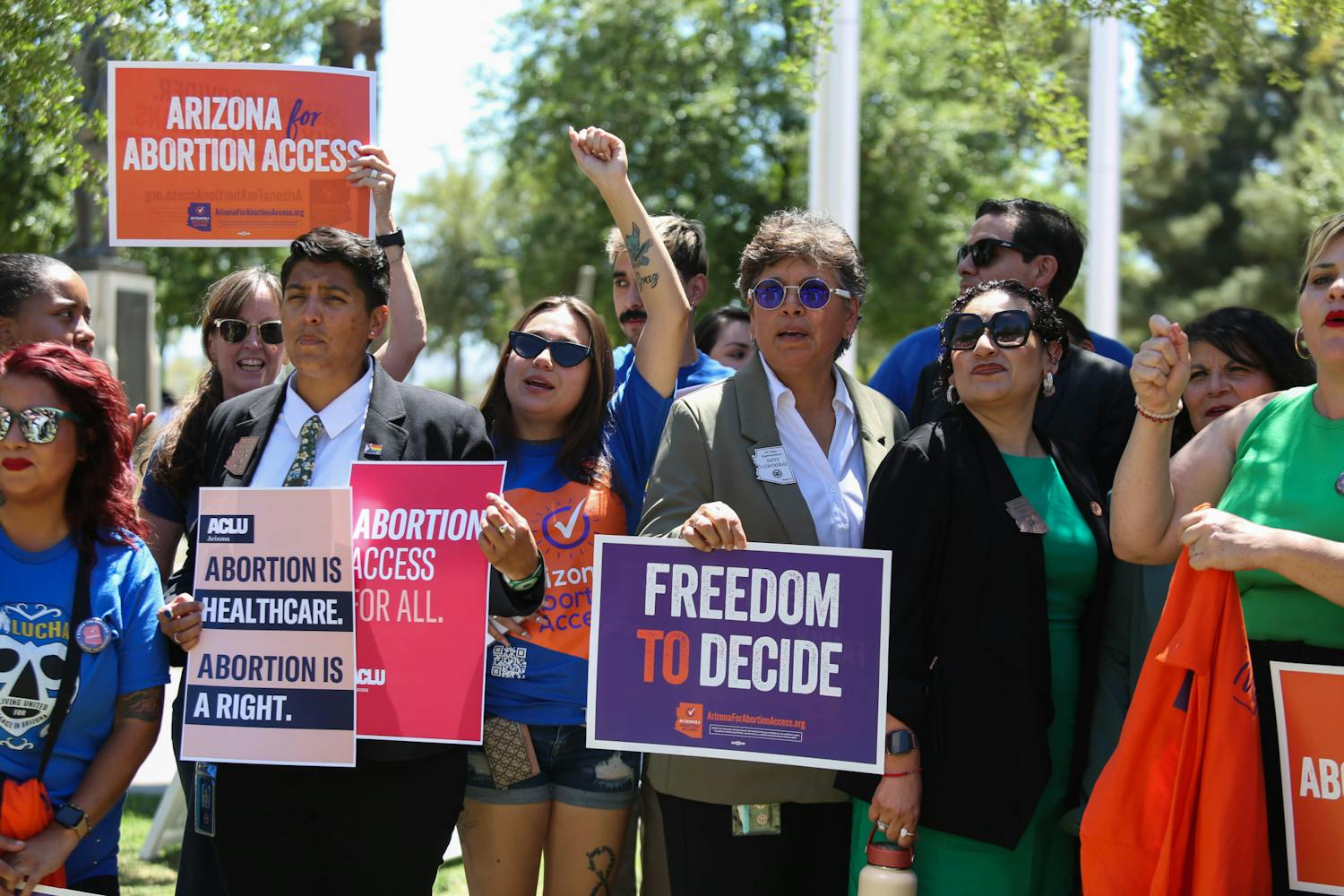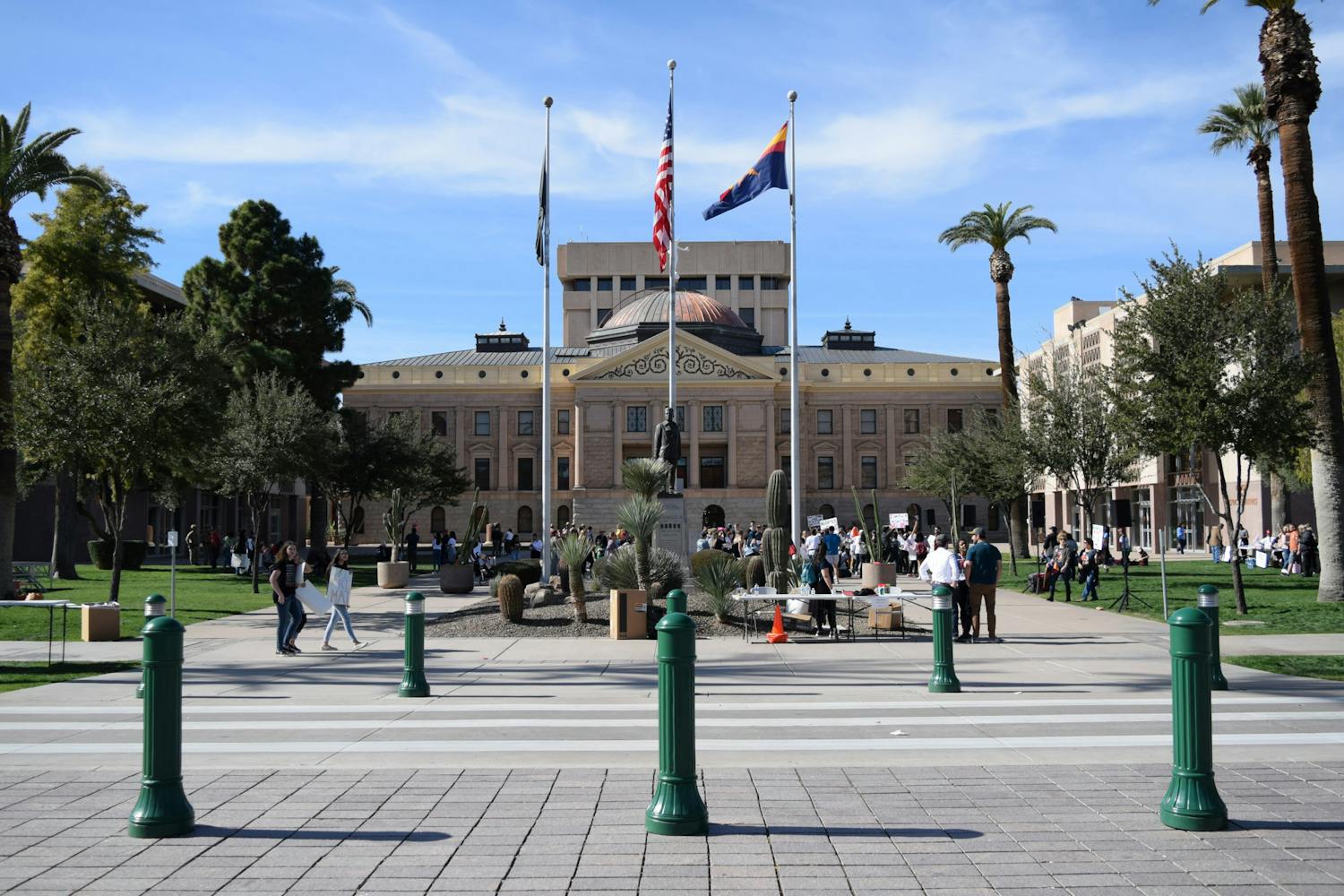At the beginning of September, the White House announced plans for a whole new approach to petitioning the government.
“We The People,” a new part of the White House’s website, gives citizens a tangible means of garnering official attention for grassroots campaigns. Submitted petitions become visible on the site as soon as they get 150 signatures. And if they collect more than 5,000 signatures within 30 days, White House staff and policy experts will review them and respond.
I was pretty excited to check out the petitions that made it online. I guess I envisioned lawyers and political science grad students drafting well-written, innovative ideas and publishing them after countless revisions. And finally, this online portal would allow their hard work to collect the momentum it deserved.
But when I logged on, I was disappointed. Poor grammar and minimal punctuation marked vague requests about clichéd topics. I’ve seen Facebook pages centered on better proposals.
A few of the petitions were readable and interesting. But a large proportion lacked organization and effort. One speaks of “the big banks and the super-rich who is ‘buying out congress.’” Many lack punctuation at the end of sentences.
Of course, not every concerned citizen majored in communications. But hopefully, they at least have friends who took high school English.
Seven of the 68 visible petitions involved marijuana. Two of them asked for a repeal of the Patriot Act, and two others wanted full disclosure of government communication with extraterrestrial beings.
I can’t help but wonder why these citizens have not engaged in collaboration. And even when I agree with the sentiment, I’m a bit too embarrassed to attach my name to their petitions.
The evident lack of effort is not confined to the Internet. Sloppy persuasion techniques are everywhere. Just a stroll down Palm Walk reveals even worse attempts at changing minds.
A sign declaring, “It’s my 16th (month) birthday!” in an unprofessional font next to a picture of an embryo tell ASU students nothing about whether they should lean pro-life or pro-choice.
Many students appreciate free candy and condoms, but no one’s really sure what those things tell us about the LGTBQ community.
And a fake million dollar bill with tiny print about Jesus and a picture of what looks like Michael Jackson doesn’t quite explain why we should come to your church.
“The success they have with those flyers is so minimal that the efforts are a waste of time,” bio-engineering junior Alex Medawar said.
Of course, emotional appeal plays an enormous part in persuasion. Personally, I’d prefer a list of health risks or religious qualms linked to abortion. But a well-done swipe at the emotions will grab attention as well.
Place a short but snappy quote in a plain font over a close-up from an interview with a woman who regrets an abortion, and boom — you’ve got our attention. It takes a bit of work, but we might even visit your website.
“I feel like when people do their own research, they’re more inclined to try things out,” Medawar added.
But to compel students to do research, organizations should focus on more than a shock factor. The last thing I want to do is learn more about the giant poster featuring explicit images of third-trimester abortions. In fact, I’ll even walk past the man with the sign condemning masturbation to get away.
Reach the columnist at algrego1@asu.edu
Click here to subscribe to the daily State Press newsletter.



